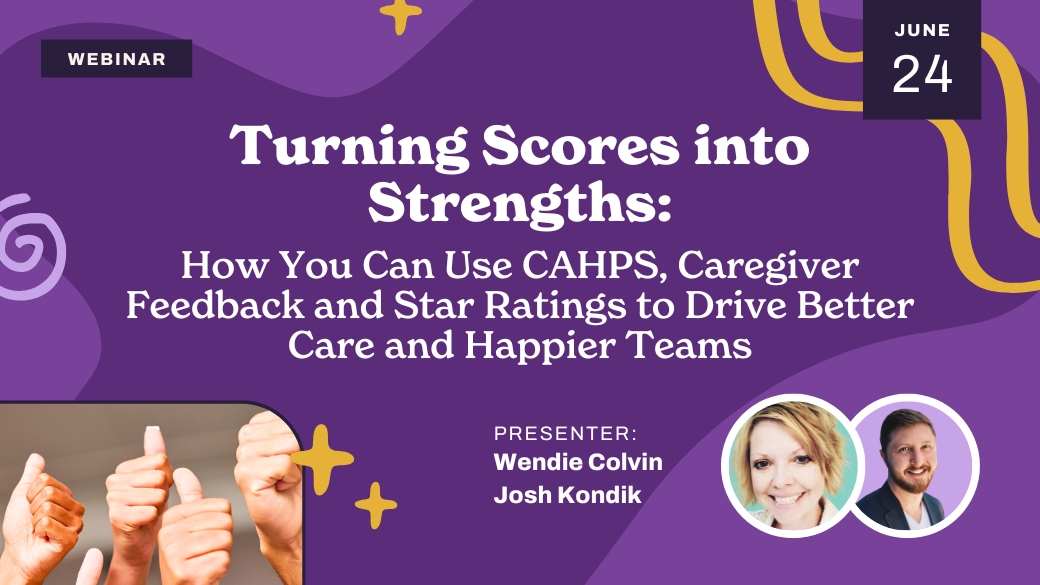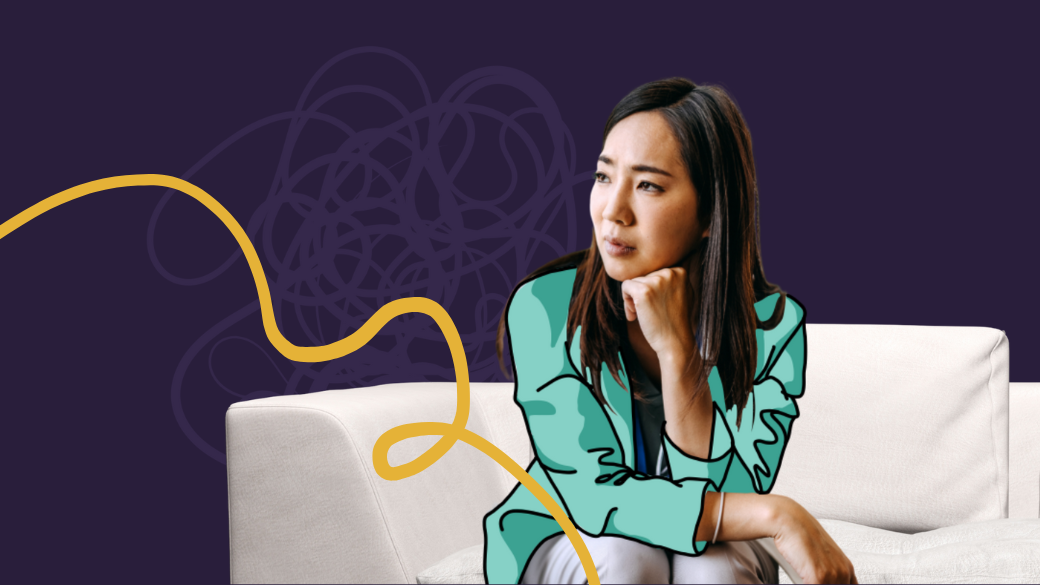While medical records tell the story of the Alzheimer’s patient, they do not tell the story of the person. You can better honor those lost in dementia symptoms by making the types of connections with people that make person-centered care so effective.
Post-acute care professionals share a very special bond with patients who have been diagnosed with dementia and related disorders. These professionals have a deeper understanding of how to empathize and care for people who come to live in a new home because they can no longer function in their own. The list of diseases that cause cognitive impairment is immense, and the impact on the patients and their loved ones who suffer from the effects can be heartbreaking.
To lose a memory is to have a piece of time stolen. The resulting anxiety and agitation that patients with dementia symptoms experience is unlike any other process. As healthcare providers, we watch this process in a state of awe and wonder, always thinking of what we can do to make things easier, less uncomfortable, and give a sense of peace to everyone involved in the care process. Forging deeper connections with patients and implementing person-centered care for Alzheimer’s, dementia, and related disorders can help greatly in accomplishing these goals.
Remembering the “Watch Room”
I worked in the home health and hospice fields for the better part of the last decade of my career. Shortly after embarking on my remote career as a nurse author, I volunteered at a local nursing facility where my husband was working to once again feel the fulfillment of making human connections.
I was encouraged by the staff to visit a patient at the suggestion of the staff and immediately recognized him as a gentleman I cared for during my home health days. Mr. Davis was one of my favorite patients. He had frequently been the one patient who always volunteered help me precept new staff learning how to function in home health. He loved to see new home health workers and talk to them with me when I was teaching them the ropes. Hewas sharp and intelligent, and enjoyed meeting people, making him an excellent first care experience for new employees.
Mr. Davis had chronic wounds as a result of living in a wheelchair since developing Polio as a child. He was frail and had frequent, recurrent needs for home health services with a long list of comorbidities.
But to me, Mr. Davis was not defined by his healthcare needs; he was defined by his art. He was a watchmaker and an artist who had a side business dedicated to his craft during his retirement. He could talk about his love of timepieces for hours and regularly tried to explain their inner workings to me. He had a room in his home dedicated to repairs, and I would have to drag him out of there to perform my care plan orders.
He was much more debilitated now than he had been when I last saw him. I held Mr. Davis’ hand, gave him a hug, and swallowed the hard lump in my throat as he clearly spoke with symptoms of dementia.
I told him I remembered him in his “watch room,” as he called it, and would always think of him tinkering there. While he couldn’t converse with me very much, he squeezed my hand so hard when I mentioned his room, I knew there was something in him that understood my words. Mr. Davis’ wife who shared a room with him at the facility remembered me and was happy that I was there to volunteer.
Later my husband said to me, “The clock in Mr. Davis’ room is broken, and his bed faces it. I wonder if it bothers him. His eyes lit up when you talked about his watch room. I’ll make sure that it gets fixed.” My husband was the assigned provider for the couple and got the clock fixed the next day.
My husband, who had worked with Mr. Davis, envied the ease with which I spoke to him and his wife, and had only known the patient and his symptoms, not the person and his story. My response was simple: I had made a connection. Similar to the connections Mr. Davis had made during countless watch repairs, I had gone beneath the surface to better understand what made him tick.
My husband’s comments were telling, and made me ask myself what we can do as home care and hospice professionals to better honor and care for the individuals who are lost in dementia symptoms?
Embracing Connection with Patients Diagnosed with Dementia Disorders
For those caring for patients diagnosed with various dementia disorders, are you really looking into how you can form deeper connections with them? Do you embrace it when your staff fosters that human connection with patients and their loved ones?
The answer should be, “Yes, I encourage and celebrate that all the time!” But if the answer is, “No,” or, “I don’t know,” then let’s fix it.
Your staff entered healthcare because they have a unique, shared level of empathy for patients and families. It is easy to lose some of that empathy when you become lost in the daily grind.
For patients with various forms of dementia, it may seem daunting to find a connection, but it is possible and will lead to a renewed sense of fulfillment. But what is practical that you can do every day for your patients like Mr. Davis? How can you feel like you are addressing their needs, forming connections, and delivering person-centered care rather than patient-centered care?
It’s not as hard as you think.

Providing Person Centered Care for People Living with Alzheimer’s and Dementia Symptoms
By implementing Activated Insights’ following six concepts of person-centered care for people living with dementia symptoms, you’ll deliver connection-forming care like I did with Mr. Davis and his wife:
- Effective Listening
- Valuable Conversations
- Shared Decision-Making & Goals
- Respect of Choices
- Successful Care Planning
- Emotional Understanding
Here’s how to put each of them into practice:
Effective Listening
Sometimes it can seem easier and more efficient to quickly accomplish tasks for the day, rather than take a little extra time to sit and listen. For people with dementia symptoms, allow them to be heard. If they are asking questions or confused, let them ask, and let them talk. Be an effective listener and hear their concerns. Take a minute to think about how to best respond before you dismiss their words and move along with your day.
Valuable Conversations
Alzheimer’s disease and related disorders are challenging and certainly take away pieces of the individual, but no person will lose what makes them unique—like Mr. Davis and his watches. Ask about interests, values, strong beliefs, any likes and dislikes that you may be able to use to strengthen interactions. Have these conversations with friends and families and dig a little deeper to find information that might help you personalize care. Additionally, surrounding someone with familiar objects or talking about a favorite hobby can bring some of that light back into their lives for a few moments.
Shared Decision-Making & Goals
Provide opportunities for shared experiences and show your support consistently for the person living with dementia symptoms. If a healthcare team member or a loved one has an idea on how to accomplish a task or give support, take it into account and involve the entire team in goal setting. Since every person is unique, so is every goal needed to create that particular positive outcome.
Respect of Choices
If someone has symptoms of dementia, it may seem easier to make choices for them. Don’t forget, they still have a choice, so try to let them make some. While it may seem more efficient to be the caretaker and make decisions independent of involving someone who shows signs of confusion. Even allowing simple choices like choosing between outfits or picking a meal option gives respect to the person being allowed to make the choice.
Successful Care Planning
Show dignity and respect to patients and families dealing with dementia symptoms. Involving everyone in the person’s care creates a sense of “doing things with” rather than “doing things for” an individual. Try not to focus on task completion without truly supporting the patient and other caregivers. Change your plans as you need to, adapting to the needs of the person in your care. Don’t be afraid to reach out for other resources, ask families how they feel about care plan progression, etc.
Emotional Understanding
Always take the perspective of the individual into account and how they may be feeling. Be empathetic and validate their fears, anxieties, and especially their positive and happy moments. Remember that their reality (and their loved ones who care for them) is very different, and respect that they have no other choice.
We would love to hear your successful tips for forming deeper connections and keeping staff, patients, and families working cohesively as a team to bring that peace to everyone involved in the care process! Leave a comment to help others in our industry provide person-centered care.
Related Content:
Related Posts











